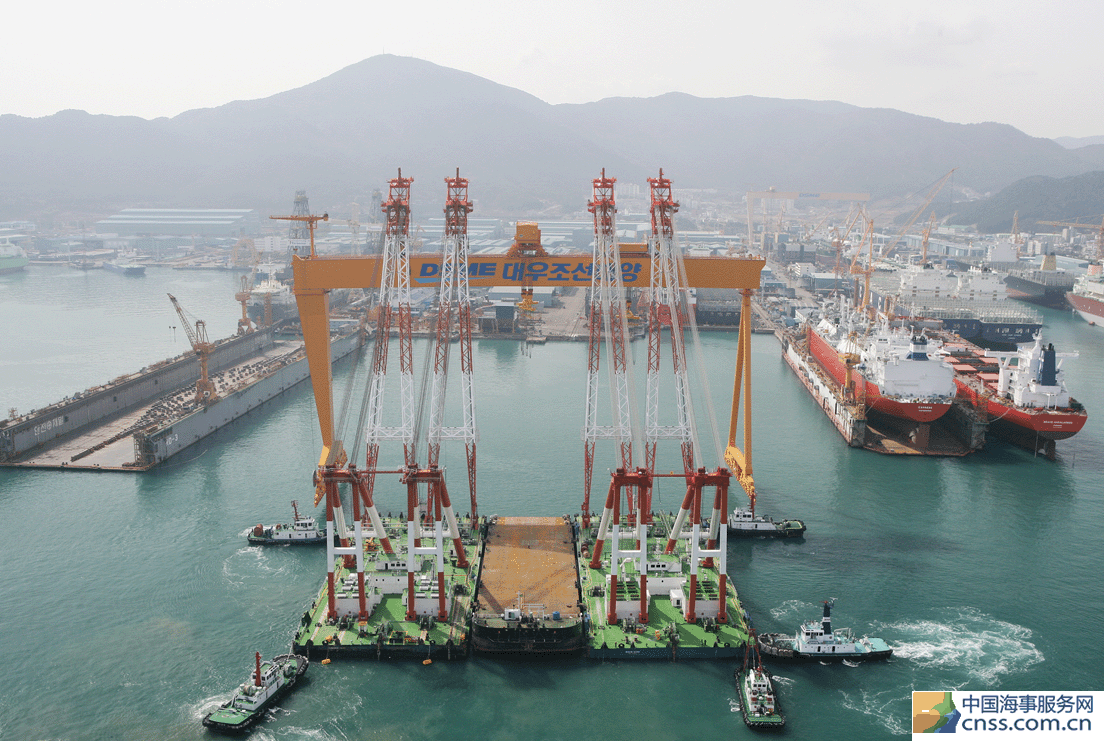Stowaway activity increases in Port of Durban, South Africa

P & I Associates in Durban recently advised that stowaway activity in the Port of Durban increased significantly during the last quarter of 2016.
According to Goscelin Gordon, Associate in the Shipping & Logistics Practice at Bowmans law firm, the South African Merchant Shipping Act says the following regarding stowaways, “No person shall go to sea in a ship without the consent of the owner, master, a ship’s officer or some other person entitled to give that consent, or secrete himself for the purpose of going to sea without that consent.”
Gordon says that, generally, stowaways use an array of methods to gain access to a vessel in port. These include wearing clothing which blends in with that worn by Port workers, generally accessing the ports overnight, climbing up vessel’s berthing ropes and gangways, choosing vessels with large crew complements to access in the hopes of “blending in” or paying money to dock workers and stevedores to enable them to gain access.
“Once onboard, stowaways often find unusual places in which to hide while the vessel is in transit. Besides the standard cargo holds and containers which may be used as hiding places, stowaways have been found in a ship’s rudder shaft space, store rooms, cabins, engine room bilges, chain lockers and even in the funnel casing on occasions,” she explains.
Gordon says that South African ports are a hot spot for stowaway activity, particularly Durban, as the latter is one of the busiest ports in Africa. Besides the benefit of having a number of vessels calling regularly and then continuing on their journeys worldwide, which increases a stowaway’s “options”, it is also easier for a stowaway to avoid detection in Durban, purely due to the large number of people who work in and pass through the busy port.
“The presence of stowaways may be discovered while the ship is sailing from a foreign port to a South African port, while the ship is sailing between two South African ports or while the ship is in a South African port,” she notes.
Gordon says that in terms of standard procedure and IMO guidelines, on the finding of stowaways, a ship notifies her owners who will advise their local P&I Club correspondents who will attend on board the vessel. A local representative of the South African Department of Home Affairs will also attend on board. Once the stowaways have been removed from the vessel, they are usually detained in a holding facility at the port, and the South African Department of Home Affairs will then investigate the matter before repatriating them to their country of origin. One of the challenges, however, is that they will often have no travel or identity documents on them and may be unwilling to disclose their country of origin.
“In February 2016, the Director General of the Department of Home Affairs issued a policy guideline under the Immigration Act saying that any person found unlawfully gaining access to a ship is automatically deemed to be a stowaway unless evidence to the contrary is provided (for example, showing that the person is a South African citizen, or a foreigner who lives in South Africa legally and is registered with the Department of Home Affairs, or that they boarded the ship in a South African port as a result of poor harbour security) in which case they may be treated as a “trespasser” (not a “stowaway”) and handed to the local authorities for prosecution under local law,” she explains.
Gordon says that the significance of this guideline is that the responsibility for the costs of dealing with and repatriating stowaways rests with the vessel owners, whereas trespassers are not the responsibility of the ship owner. Accordingly, vessel owners are obliged to ensure that only authorised persons gain access to the vessel as far as possible.
Gordon explains that the International Ship and Port Facility Code [ISPS] includes special measures to enhance maritime security. South Africa implemented this code through Merchant Shipping Regulations 2004.
“Our ports have implemented additional security measures such as access controls, cameras and security guards to make our ports more secure which should have had the effect of decreasing stowaway activity. This, however, has not been proven to be the case. In the circumstances, and to avoid delays and costs occasioned by stowaways on board a vessel, vessel owners are encouraged to take whatever reasonable steps are necessary to ensure stowaways cannot access their ship in port,” she adds.
Source: North of England P&I Club
HEADLINES
- Do shipping markets want Biden or Trump for the win?
- All 18 crew safe after fire on Japanese-owned tanker off Singapore
- Singapore launching $44m co-investment initiative for maritime tech start-ups
- Cosco debuts Global Shipping Industry Chain Cooperation Initiative
- US warns of more shipping sanctions
- China continues seaport consolidation as Dalian offer goes unconditional